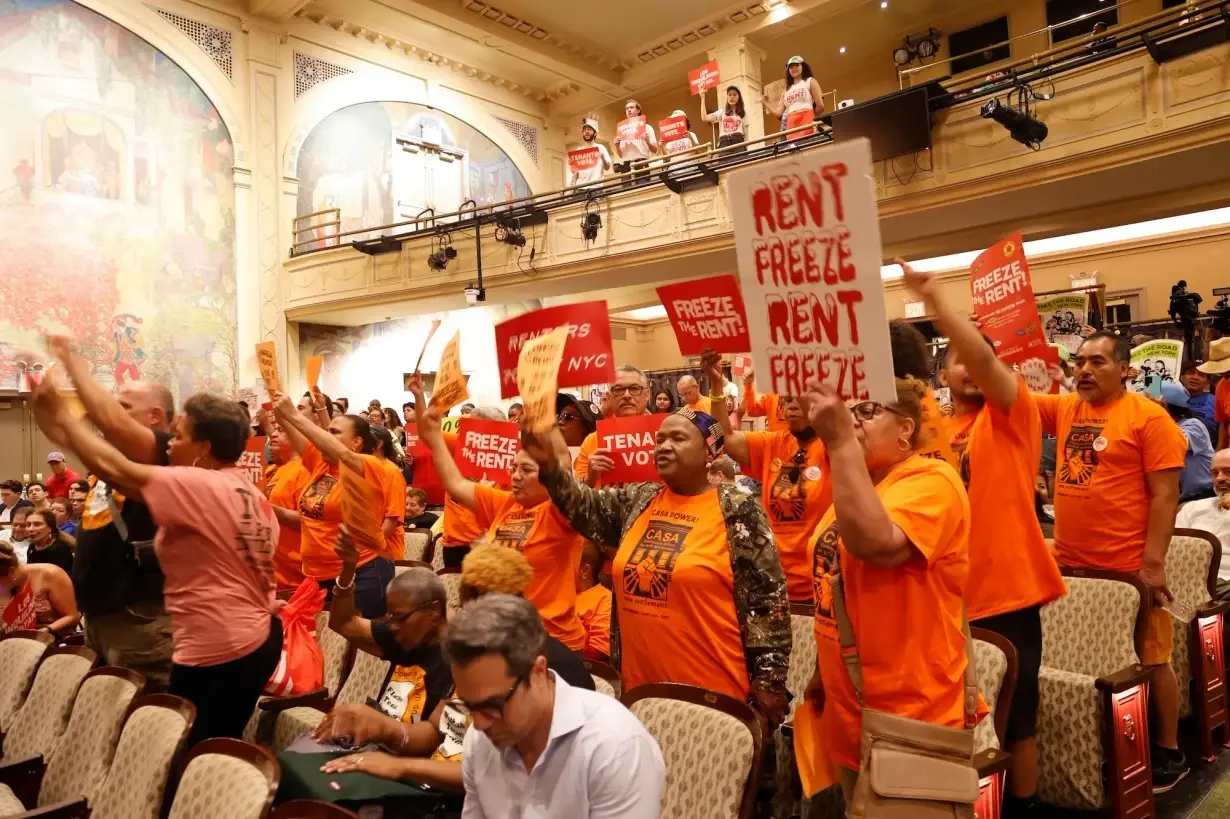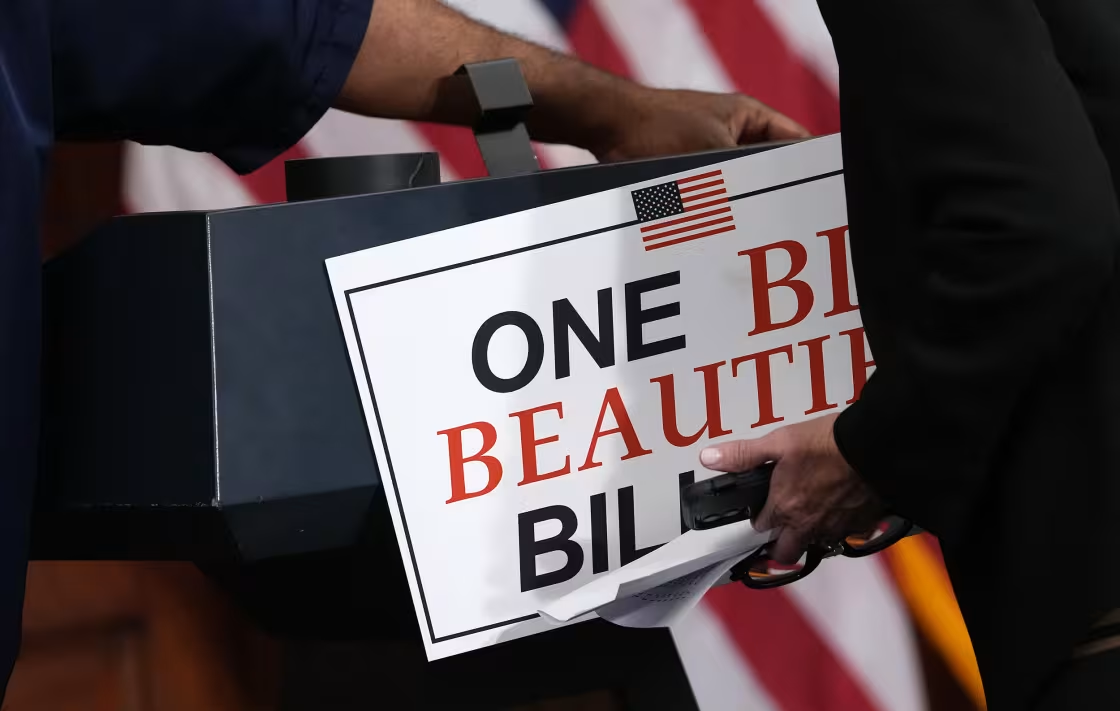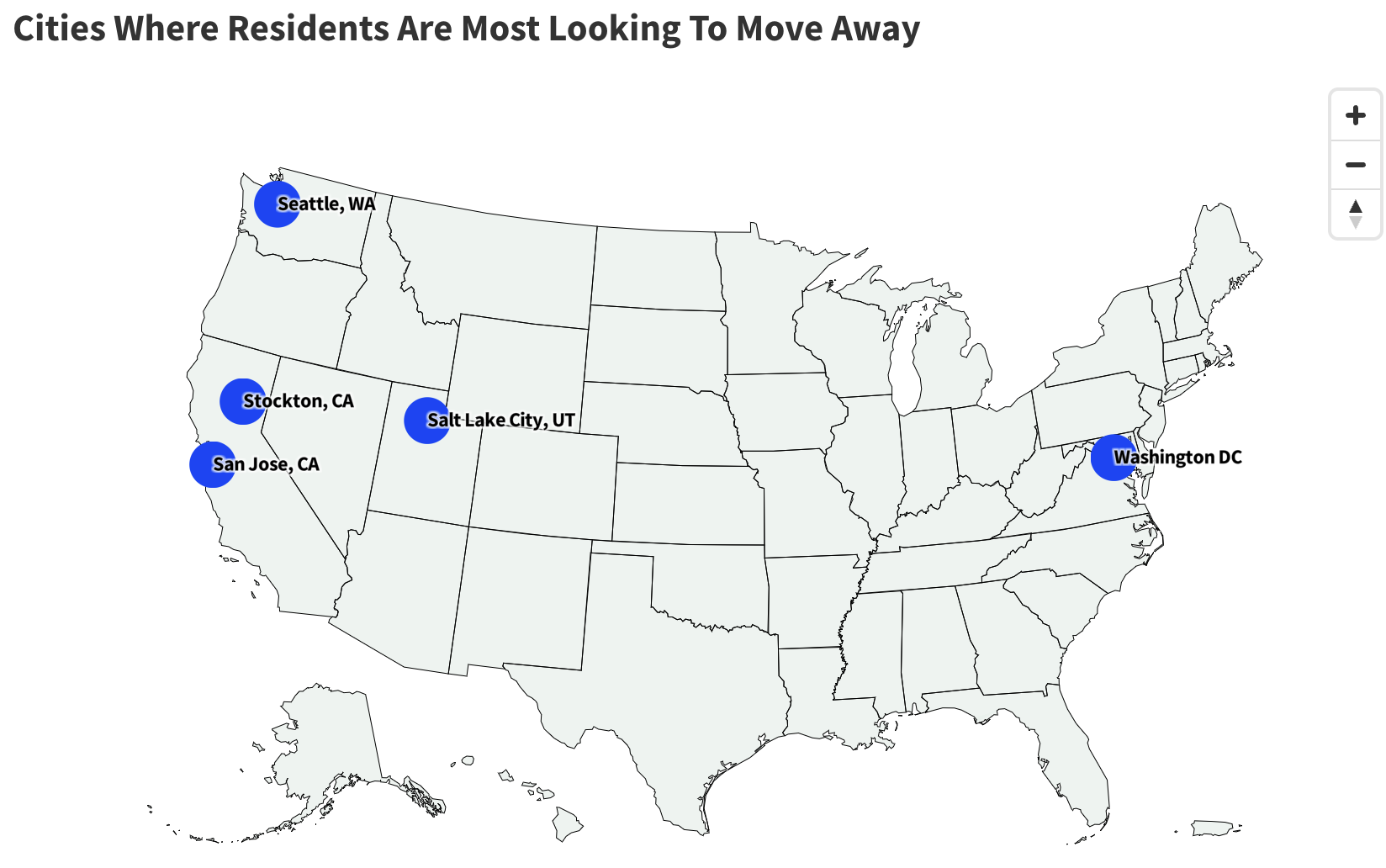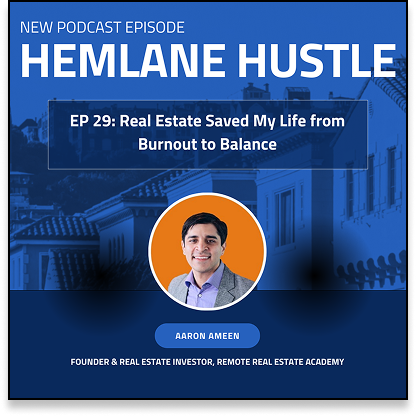July Newsletter
July 18, 2025
The Property Management Pulse
Politics and legislation have played a major role in the state of the U.S. housing market over the past month. Zohran Mamdani’s win in New York’s Democratic mayoral primary — backed by the city's renter population — has brought renewed optimism for tenants, especially due to his rent-freeze agenda. However, this has stirred strong reactions from homeowners and landlords who see the move as a threat to rental income and long-term value.
President Trump’s recently passed “One Big Beautiful Bill” has provisions included that might prove to be a boon for the housing affordability crisis. And, a recent ruling by the California Court of Appeal (CAA) has made some important changes to how landlords must draft the three-day notice to pay or quit (more on this below).
The general housing market, on the other hand, still shows no signs of getting better. Mortgages are still high, home prices still outpace aspiring homebuyers’ budgets, and home sales are still sluggish. But this hasn’t stopped home inventory levels from rising, signaling a skewed demand vs. supply. While we can remain optimistic that the recent political and legislational changes might bring some reprieve, nothing is guaranteed.
📊 The Hemlane Brief
Must know data at a glance.
Mamdani’s Rent Freeze Agenda Has Landlords Shivering
Zohran Mamdani’s victory in New York City’s Democratic mayoral primary has renters breathing a sigh of relief — and landlords holding theirs. His campaign promises to freeze rents and expand affordable housing struck a chord with tenants, but has landlords questioning whether “affordable housing” just means unaffordable ownership.
His proposed housing reform policies include:
- A pledge to freeze rents for around 2.4 million rent-stabilized apartments
- Planned construction of nearly 200,000 affordable housing units over the next decade
- Increased regulation, oversight, and enforcement of landlords
With two-thirds of the city living in rentals and spending more than 30% of their paycheck on rents, it’s not surprising that he swept the floor in this election on the shoulders of NYC’s renters. New York Focus reported that nearly 22% of tenants in rent-stabilized apartments are behind on their dues with the median rent price in Manhattan hitting a record of $4,571 in May.

So what does this mean for landlords? In short: less rent, more rules, and serious questioning on whether to sell. Kenny Burgos , who heads the New York Apartment Association, called Mamdani’s plans “a recipe for disaster.” He also cited that smaller homeowners will face the short end of the stick with this decision as they will have to contend with lower revenue despite rising homeowner costs.
Hemlane News:
Turnkey Rentals Made Simple
Ready to earn $10K/month in passive income? Join our partner Rent To Retirement on August 7th for a live masterclass on building wealth through turnkey rentals—starting with just one property!
Real Estate Saved My Life
From Burnout to Balance
From rock bottom to real estate success—discover how Aaron Ameen built a multi-state portfolio while working full-time and raising three kids.
Rental Assistant Just Got Better!
Big news! You can now message your Hemlane Rental Assistant directly in-platform—no more emails. Get faster responses, save time, and let our expert team handle everything from maintenance requests to lease renewals.
Trump’s Big Beautiful Bill May Benefit the Housing Market
President Trump’s “One Big Beautiful Bill,” recently signed into law, is a major tax reform bill that could indirectly make housing more affordable. For starters, the bill expands the Low-Income Housing Tax Credit (LIHTC) by 12.5%, a federal program offering tax credit incentives to builders constructing or rehabilitating affordable housing units.
As reported by CNN Business, according to Novogradac , an accounting firm for developers, this could finance an estimated 527,700 additional affordable homes in the next decade. David Dworkin , president and CEO of the National Housing Conference, also applauded this provision. “The housing provisions included in this bill are the most consequential and positive housing legislation in decades,” he said. He added that “LIHTC remains the nation’s most effective tool for building and preserving affordable rental housing” and that “These changes are expected to produce or preserve more than one million additional affordable rental homes between 2026 and 2035.”
The bill also increases tax breaks by expanding the maximum limit of state and local tax (SALT) deductions from $10,000 to $40,000 . Homeowners in areas with high local taxes will now be able to deduct more of their property tax, potentially leading to a decrease in rent for tenants.
Finally, the Big Beautiful Bill makes the Opportunity Zones Program permanent . Investors get tax advantages if they fund projects—including affordable housing developments—in distressed, low-income communities. Altogether, these provisions seem very promising for the U.S. real estate market.
But it all depends on the developers. The ball is in their court, so to speak. We’ll have to wait a few years to see if these tax credits pay off. Phil Crescenzo Jr. , vice president of the Southeast division of the National One Mortgage Corporation, said that “incentives for developers have a long-term positive effect, but not an immediate impact.”

Recent Changes to California Tenant-Landlord Laws
A recent decision by the California Court of Appeal (CAA) impacts how landlords must prepare and serve three-day notices to their tenants. In California, a three-day notice to pay rent or quit is a legal document landlords use to inform tenants to settle unpaid rent or move out if they violate lease agreements.
The new court ruling by the CAA implies three-day notices must clearly outline all essential information about what a tenant should do (and within when) to avoid eviction. In particular, the notices must specify the following information:
- The start date: Clearly state when the three-day period begins (typically the date the notice is issued).
- Exclusion of non-business days: Specify that non-business days, like weekends and judicial holidays, do not count toward the three-day deadline.
- Consequences: Explicitly state that failing to pay within the deadline results in eviction.
- Clear payment instructions: Indicate where and how the tenant should send payment, ensuring the payment location is accessible.
This applies to notices served before and after the ruling. If you’re a California landlord planning to serve a three-day notice, here’s what you can do to comply with the CAA’s ruling:
✅ Double-check that all the required information above is included in the notice
✅ Seek legal advice before proceeding with any evictions based on existing notices
✅ Use the updated versions of the notice forms which can be downloaded from here

Summer Housing Market: An Outlook
The downward trend of the real estate market has been continuing well into July with mortgage rates still hovering near the high 7% mark and the number of listings for sale climbing up — all during a period of low demand. Home loan demand slid down by 10% for the week ending July 11, and pending home sales fell by 3.5% year-over-year during the four-week period ending on July 6.
Housing inventory, however, increased by 29% in June when compared to last year’s numbers. At the same time, the number of unsold homes was up 20% compared to this time last year. This demand-supply imbalance is softening home prices in many areas, particularly in the West and South, with Florida and Texas noting the biggest declines. Despite this, housing affordability is still a dream for many.
A Realtor.com report found that rising housing costs are driving people away from high-cost-of-living areas to more affordable suburbs, with cities like San Jose, Washington DC, Seattle, and Salt Lake City losing popularity. The report also noted that people are increasingly searching for homes in out-of-metro areas.

Alan Chang , a title and escrow expert, told Newsweek that this shift is not completely unprecedented. "It is not a surprise to see that major metros across the country see less local buyers. Home affordability has been challenging for the last five years. With normalized mortgage interest rates, the only budget-friendly home purchase option for a majority of the population is to seek lower cost areas to migrate to, assuming their income source can support that move,” he said.
Looking Forward
There’s no two ways about it: the housing market is in a crisis. There are more houses sitting on the market than the number of people willing to buy them. It’s also becoming more expensive to own and maintain a home, which is pushing people away from metro cities to low-cost-of-living areas.
Will the housing market repair itself any time soon? We likely won’t see any shifts any time soon. So, for the time being, the real estate market will probably stay this way.
Get the Latest in Real Estate & Property Management!
I consent to receiving news, emails, and related marketing communications. I have read and agree with the privacy policy.








